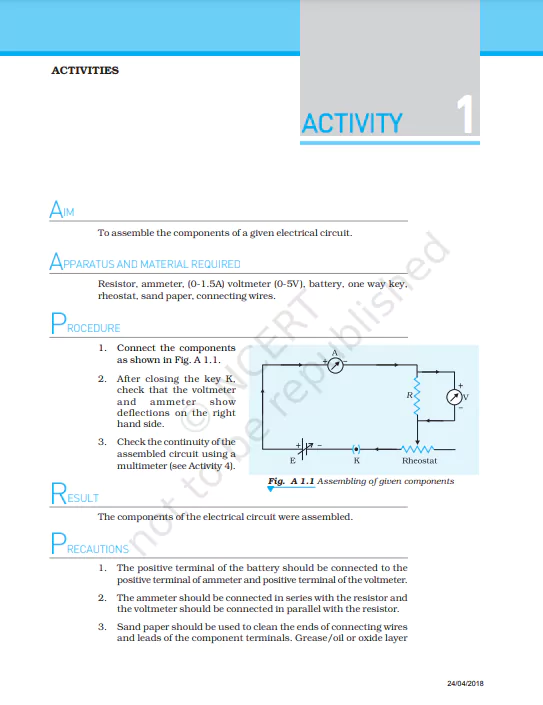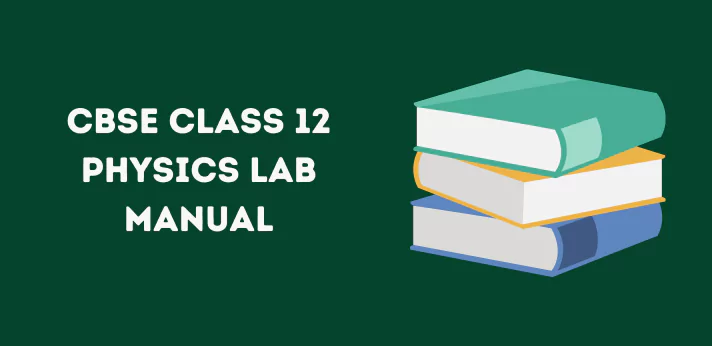CBSE Class 12 Physics Lab Manual is reliable, and trustable notes are provided to the students to achieve good marks. The students must know all the experiments, theorems, laws, and numbers to understand all the concepts of 12th-standard physics in a detailed way. It is provided so that the students can understand the experiments better. Students should study the theory and law behind the experiment properly before experimenting. That’s why we are providing the Class 12 Physics Lab Manual for practice purposes to obtain a great score in the final examination.
[Index]
Overview
Before we discuss the Class 12 Physics Lab Manual, let us check the CBSE Class 12 Summary. Below, we have mentioned the complete CBSE Class 12 Summary. The student is advised to check out to complete the summary.
| Particular | Description |
| Class | 12th |
| Subject | Physics |
| Board | CBSE |
| Category | Lab Manual |
| Study Materials | Click Here |
| Class 12 Free E-Book | Click Here |
| YouTube Channel | Click Here |
Class 12 Physics Lab Manual
Below, we have mentioned the CBSE Class 12 Physics Lab Manual. Students have checked the complete Class 12 Physics Lab Manual in PDF for a great score in the final examination.
Example of Lab Manual

NOTE: The links given below for Download the Class 12 Physics Lab Manual in pdf format
Class 12 Physics Lab Manual Experiments
Class 12 Physics Lab Manual Projects
Class 12 Physics Lab Manual Data Section & Demonstration
CBSE Class 12 Physics Syllabus 2024-25
Check out the latest CBSE NCERT Class 12 Physics Syllabus. The syllabus is for the academic year 2024-25 sessions. First of all, check the CBSE Class 12 Physics Exam Pattern. Students should check the complete syllabus and exam pattern with the marking scheme.
Class 12 Physics Exam Pattern
In this section, we have mentioned the Class 12 Physics Exam Pattern. Students can check the Class 12 Physics Exam Pattern for the academic year 2024-25.

NOTE:- To learn more about Class 12 New Physics Syllabus Session 2024-25.
Class 12 Physics Useful Resources
We have tried to bring CBSE Class 12 Physics NCERT Study Materials like Syllabus, Worksheet, Sample Paper, NCERT Solution, Important Books, Holiday Homework, Previous Year Question Paper, etc. You can visit all these important topics by clicking the links given.

